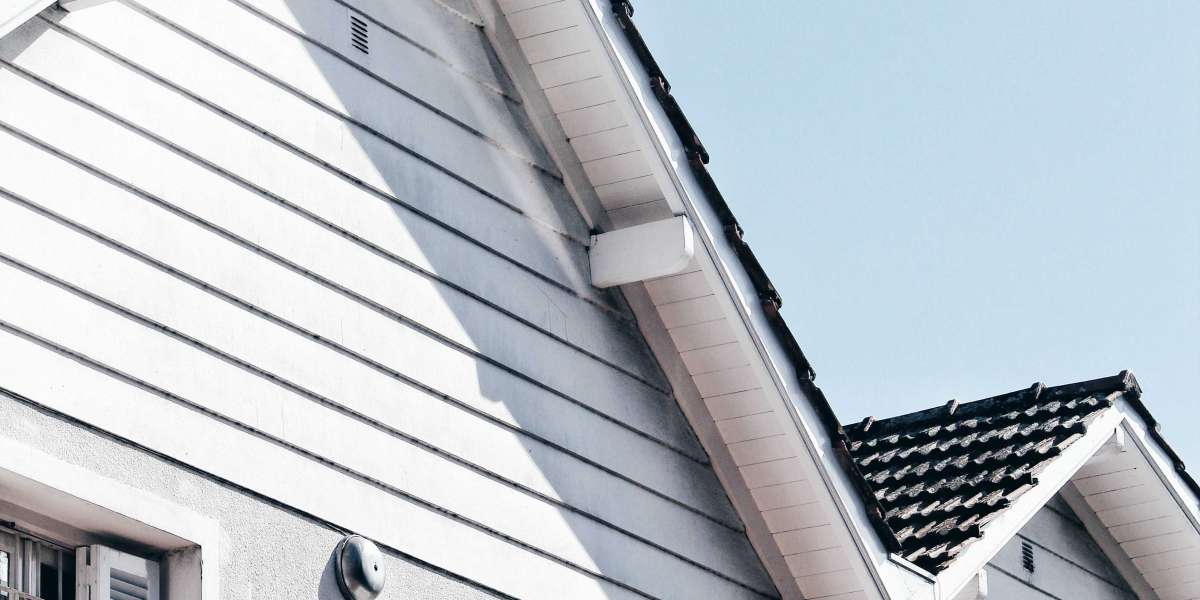Safety nets, guardrails, and personal fall arrest systems are integral parts of rooftop work environments and must be provided as protection from falling objects. Experts from Synay Roofing (https://sinayroofingwv.com/roofing-serving-fairmont-west-virginia/) can help you with this.
1. Be Prepared
Roof workers need to be properly prepared when working on them. This includes having the appropriate equipment ready, making sure it works effectively, and communicating about tasks and safety considerations with each other.
Befitting oneself with proper clothing and footwear can also help avoid trips and falls, particularly those caused by terrain changes. A full body harness is a fantastic way to avoid falls; especially when used alongside a shock-absorbing lanyard that helps reduce fall force and protect against injuries.
Weather conditions pose another significant threat to rooftop safety. Rain, ice, and high winds can make it hard for roofers to remain secure on their rooftop. To minimize these hazards, work should only be scheduled on dry and calm days.
2. Wear the Right Gear
Equipment suitable for roofing jobs can help lower the risks of slips and falls, such as slip-toed work boots with adequate tread. Outer clothing should fit according to temperature and not restrict movement; hard hats with eye protection should also be worn by workers.
No matter the height, fall protection on any roof is an absolute necessity. Options available to provide this protection could include guardrails, personal fall arrest systems (PFAS) or fine lines that provide anchor points and provide workers with a lanyard/harness to connect to in order to stop their fall.
Employers should also provide workers with a safety kit bag containing carabiners and accessories to attach to their safety harnesses and store tools and materials in. A high-quality kit bag, such as the Singing Rock Steel Oval Connector Triple Lock provides strong attachment points between anchor points - ideal for working at heights - with its sturdy buckle closure that connects easily via carabiner to worker body harness. It may be worn on belt or clipped onto worker's body harness with carabiner for convenience.
3. Keep Your Pants Secure
Loose clothing can easily become tangled in roofing materials or fall to the ground below and trip you, leading to potential trips or falls on roofs. To avoid this risk while working on one, wear pants with secure waistbands or suspenders to prevent embarrassing trips and falls from becoming dangerous for both yourself and anyone near the work area below you.
Wearing a safety harness when on any steep roof is also necessary to stay safe. A proper harness must fit around your torso and clip into a lanyard with rope grab and lifeline connection to an anchor point on the roof, for your own protection and for those of other people nearby.
4. Practice Common Sense
Roof projects often involve working at height, which poses numerous hazards that could potentially result in death or serious injury if people do not wear protective equipment or take necessary safety precautions.
Ladders and scaffolding should be properly installed and secured before any project commences, with any trip hazards marked or removed to ensure safety for those working nearby. In addition, keeping your work area clean is another key roofing safety tip.
Nail guns should always be disconnected from their air supply when not being used, and should always be pointed in an opposite direction than directed toward anyone or anything that might appear as an adversary target.
Common sense measures can significantly decrease the risk of roofing accidents for DIY enthusiasts. If you feel uneasy undertaking such projects yourself, consult a professional. Proper equipment, training and safety practices make rooftop work significantly safer so home improvement enthusiasts can complete their projects without fear of disaster.






